Compared to glue, double-sided tape is more adaptable and less expensive. On both wall tile’s sides of the tape here we are going to guide you on how to apply and remove them properly, there is a pressure-sensitive adhesive that may be used to attach two tiles together.
wall tiles double sided tape
The carrier material, which may be anything from a thin film to a thick foam several millimeters thick, lays on top of the adhesive. Double-sided tape, as opposed to single-sided tape, bonds two items together invisibly. Furthermore, the connection forms quickly; all you have to do is peel and stick. The tape is often used to hang banners or temporary displays, connect foam to wall panels and flooring underlayment to floors, keep tiles in place for big events or trade exhibits, and secure and hold objects in place for other purposes. Depending on the application, you’ll require a certain kind of double-sided tape. You should think about the tape type, adhesive level, thickness, width, application setting, and other aspects while buying double-sided tape. The general traits listed below should be considered while choosing the best double-sided tape for your project.  Type: There are multiple different kinds of double-sided tape with different carrier materials, each with a distinct function. The following categories apply to different kinds of double-sided tape: The most popular kind of tape used for simple bonding activities is tile tape. It is mostly used for office, general, craft, and stationery purposes. Tissue tape with two sides is thin enough to stick to uneven surfaces and is simple to rip. In addition, it is less costly and a suitable glue substitute. The main settings where the acrylic tape is employed are industrial ones. It is perfect for both indoor and outdoor usage since it is weather-resistant and tougher than tile tape. Only when a permanent bonding solution is required can acrylic double-sided tape be used. Foam double-sided tape, another name for polyethylene tape, offers substantial insulation and cushioning. For uneven surfaces, double-sided polyethylene tape is ideal. To keep things like runners or area rugs in place on floor surfaces like carpet, floor tiles tape is employed. They have a medium level of stickiness, enabling residue-free removal. Rubber adhesives are often less costly but less suitable for long-term uses whereas acrylic adhesives are tougher but more expensive. Additionally, more heat- and light-resistant than rubber, and acrylic adhesive. Height and Width: The bonding methods on double-sided tape might be thick or thin. Atypical, uneven, or heavily patterned and textured surfaces are good candidates for the adhesion of tapes with thick bonding systems.
Type: There are multiple different kinds of double-sided tape with different carrier materials, each with a distinct function. The following categories apply to different kinds of double-sided tape: The most popular kind of tape used for simple bonding activities is tile tape. It is mostly used for office, general, craft, and stationery purposes. Tissue tape with two sides is thin enough to stick to uneven surfaces and is simple to rip. In addition, it is less costly and a suitable glue substitute. The main settings where the acrylic tape is employed are industrial ones. It is perfect for both indoor and outdoor usage since it is weather-resistant and tougher than tile tape. Only when a permanent bonding solution is required can acrylic double-sided tape be used. Foam double-sided tape, another name for polyethylene tape, offers substantial insulation and cushioning. For uneven surfaces, double-sided polyethylene tape is ideal. To keep things like runners or area rugs in place on floor surfaces like carpet, floor tiles tape is employed. They have a medium level of stickiness, enabling residue-free removal. Rubber adhesives are often less costly but less suitable for long-term uses whereas acrylic adhesives are tougher but more expensive. Additionally, more heat- and light-resistant than rubber, and acrylic adhesive. Height and Width: The bonding methods on double-sided tape might be thick or thin. Atypical, uneven, or heavily patterned and textured surfaces are good candidates for the adhesion of tapes with thick bonding systems. 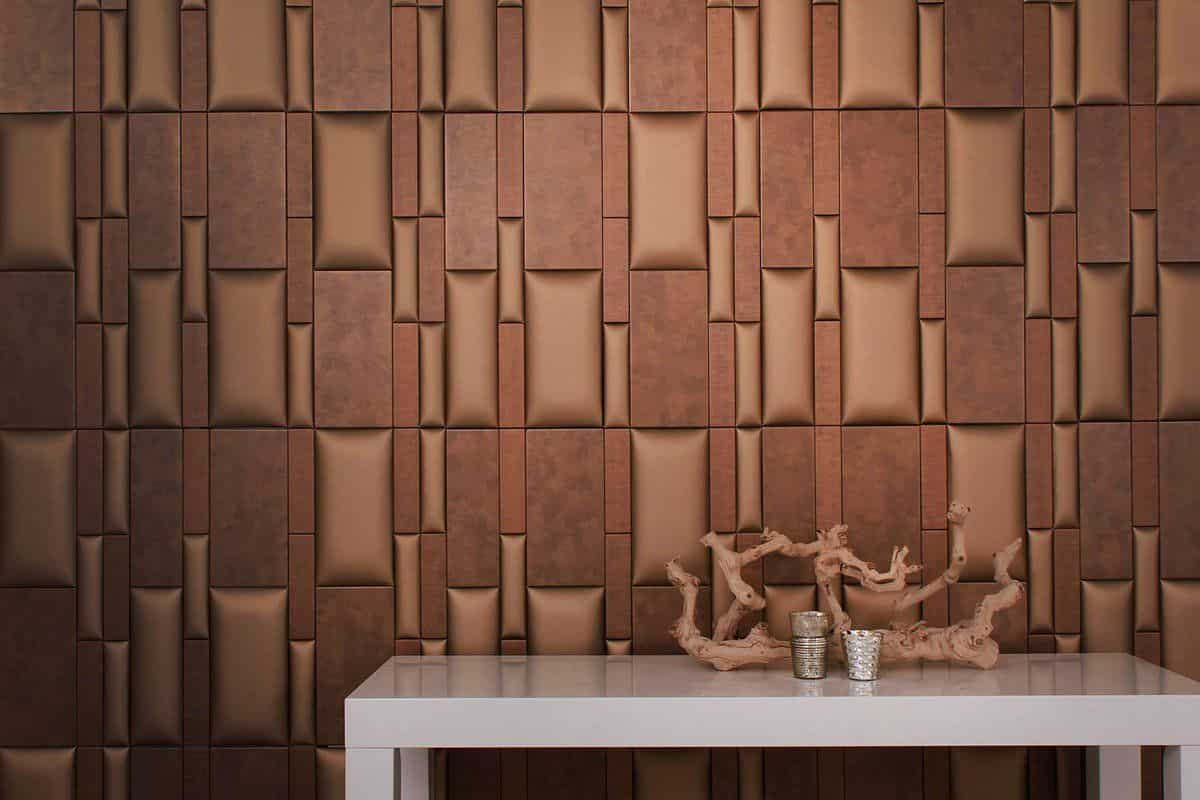
wall tiles double sided tape carriers
Systems with thin bonds are much thinner. The carrier layer may sometimes be so thin that it resembles an adhesive on top of a silicone liner in certain cases. These tapes work well in situations requiring little adherence. Rolls come in widths ranging from a quarter of an inch to many inches. There are many width choices for each kind of tape to fit your purpose. Associated Surfaces: The surfaces of the two tiles you’re attempting to adhere together will determine the best double-sided tape for the project. The strength of a tile’s attraction or repellency toward another tile is measured by its surface energy. Glass, glazed tile, and exposed metals are some examples of materials with a high surface tension that double-sided tape adheres to well. Although the surface energy of plastic may vary considerably, using a stronger tape is generally preferred. Another material is silicone, which is resistant to traditional adhesives due to its very low surface energy. An extremely sticky adhesive is required for silicone or one that is specifically designed to stick to it. You may use thinner tape on flat, flat surfaces like glass, metal, and tiles. Thicker tapes perform well on rougher surfaces including wood, cement, brick, or stucco. As well as thinner, stronger tape, painted or coated surfaces need it. Environment: The environment has a significant impact on how well double-sided tape adheres. Is the tape intended for usage indoors or outside? Some tapes are not made to withstand outside conditions . The quality of adhesion is affected by the weather for outdoor tapes. The resultant bond will be weaker the colder the temperatures are. High heat may also cause the glue to melt and weaken the connection, which is bad for adhesion. The binding between two tiles may also be weakened by moisture, oil, or dust. A stronger connection will be ensured by using rubbing alcohol to clean the surface and making sure it is totally dry before application. Tile Mass: The maximum load that double-sided tapes can support determines its rating. Tapes that are thicker often support greater weight. Additionally, adhesive-based tapes made of acrylic will support the higher weight. 
wall tiles double sided tape weights
However, the tile’s surface and weight have an impact on how strong the connection is. The adhesive viscosity of the tape affects the load capacity. If an adhesive flows readily, it has low viscosity; if it does not, it has high viscosity. Adhesive viscosity is comparable to that of a liquid. However, the degree to which double-sided tape adheres to irregular surfaces is largely determined by its viscosity rating. A viscous tape is preferred for rough surfaces since it will spread into all the crevices of the unlevel surface. A less viscous tape is not necessary for smooth tiles as certain tapes dry on the surface, the viscosity rises, increasing the adhesive. Consider the maximum load rate while choosing a tape that best suits the surface energy of your tiles. Longevity: Tape with two sides may be removed or left on permanently. The detachable variant is intended for short-term usage and is simple to remove. Strong tapes are also available for use at home, although permanent tapes are often utilized in industrial production. Usually, these tapes are used in place of glue or nails to firmly join two tiles. The strength of the adhesive and the climate both affect how long the bond will last. Most double-sided tapes will keep a bind until you remove them in climate-controlled situations. The bond will ultimately degrade in outdoor settings since it is exposed to heat, cold, and moisture. Removal: You may need to take off double-sided tape at some point. Fortunately, for the majority of tiles, some heat will cause the glue to melt and sever the connection. To warm the surface and just barely melt the glue, use a heat source like a blow dryer or a heat gun. The tape sometimes releases from one side but clings firmly tile to the other.

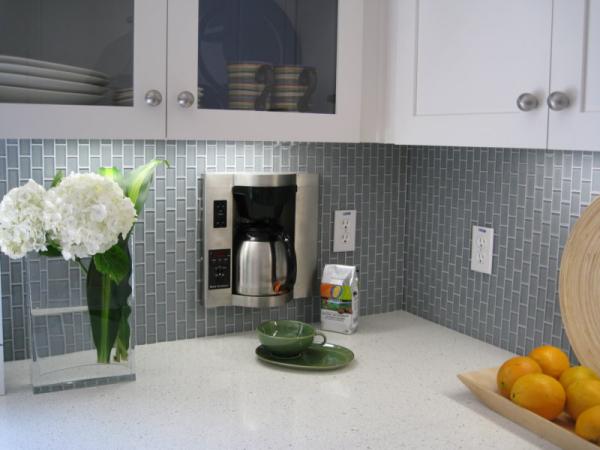
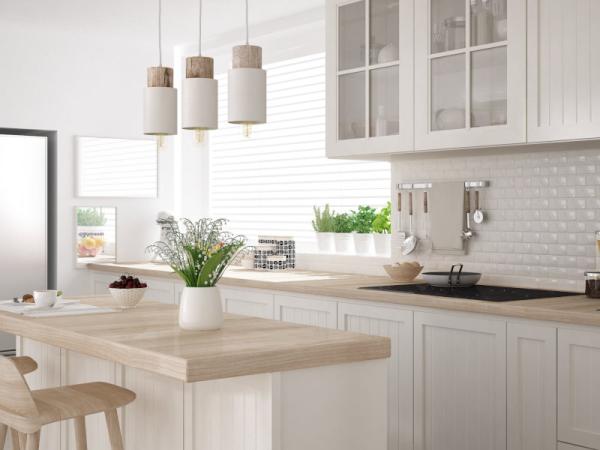



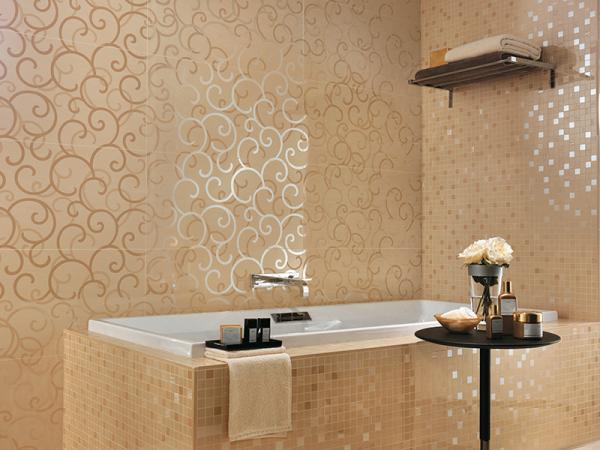
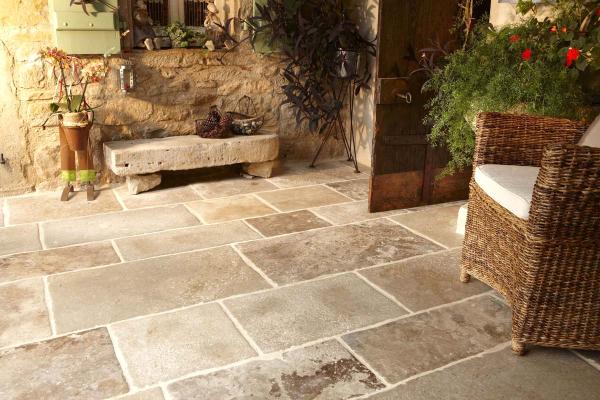
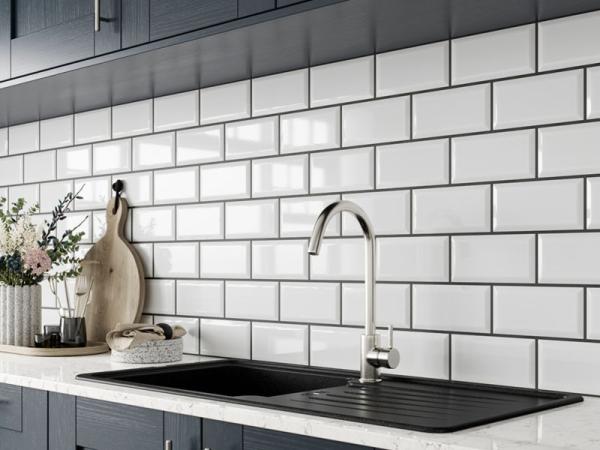
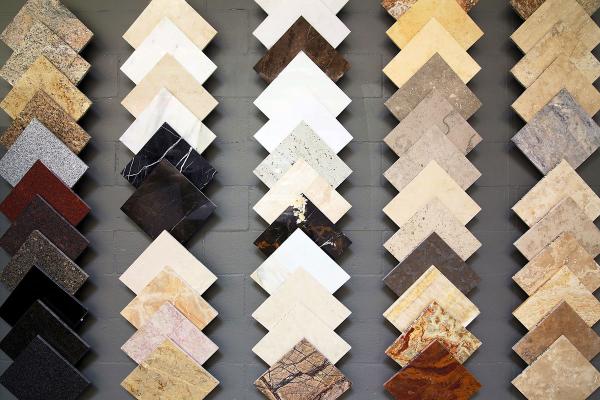
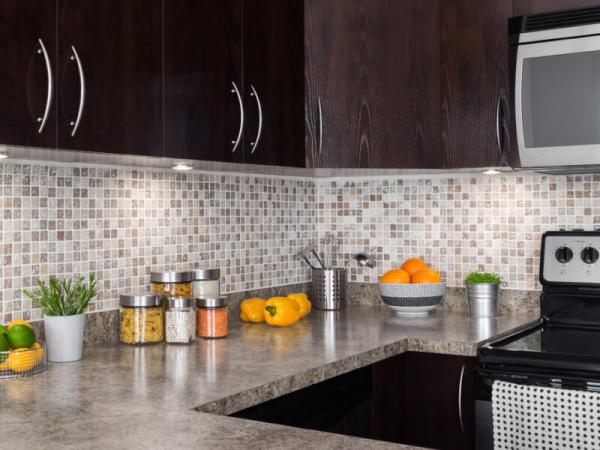
Your comment submitted.